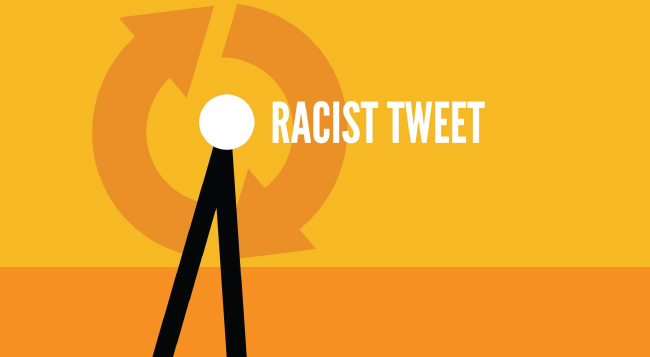Chapter 32Pivot
When we looked at pulse, we saw how each interaction between a brand and customer could move the pulse line up or down. There was never a neutral brand experience, and these experiences ranged from direct contact with a frontline salesperson to social media direct and indirect interactions. Most of the time, these pulse points create small changes up or down, and they cumulatively create an overall experience that puts individuals in varying degrees of happy places with your brand, ranging from a flatline to open-to-competition, and from a current customer to an ecstatic one.
Every once in a while, however, we see a big change in the pulse, where the contact is so extraordinary that the line changes directions dramatically. We call this a pivot point.

Pivot points happen in stories like the Amelia Island Ritz-Carlton and the Hurn family, where an experience is so great that the brand pulse skyrockets, taking along with it impressions like mine and yours. Negative pivot points occur when the experience is a moral or direct offense that discounts any of our other needs for convenience and cost—to the point where we simply refuse to be a customer because we don't want to be associated with the brand values. A pivot point can be as simple as trying out a product, loving it, and becoming a loyal customer—or hating it and never taking a chance on the brand again.
Get UnSelling: The New Customer Experience now with the O’Reilly learning platform.
O’Reilly members experience books, live events, courses curated by job role, and more from O’Reilly and nearly 200 top publishers.

